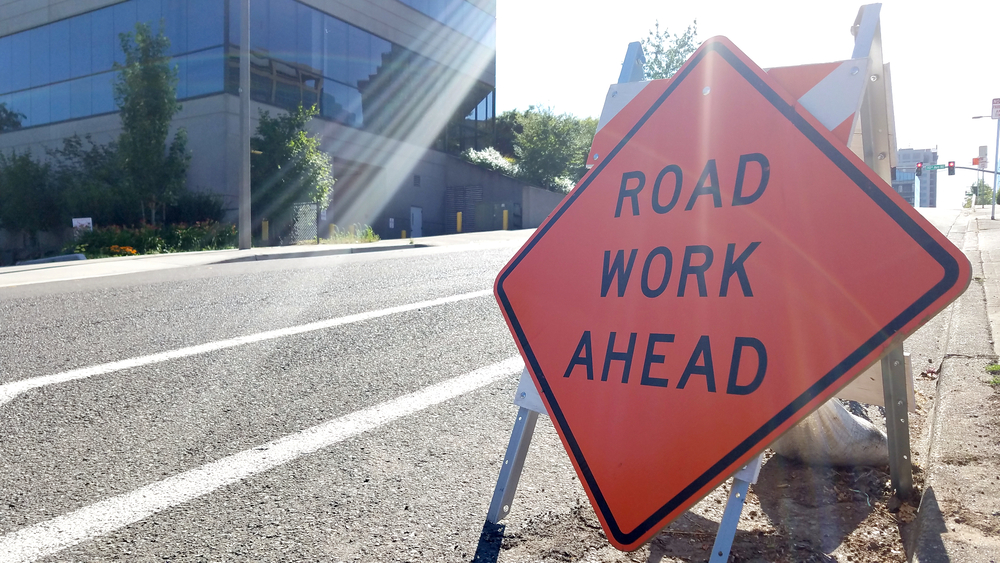
Smart work zones are a new technology that can improve traffic safety and efficiency of construction zones. They have been implemented in many communities worldwide and have proven extremely effective. To learn more about the history of work zones, read on.
What are Smart Work Zones?
Smart Work Zones are a type of intelligent transportation system that helps manage traffic impacts in work zones. They provide real-time traffic flow management and driver information.
Governments and private contractors use Smart Work Zones to improve safety, reduce congestion and save time during construction projects.
Smart Work Zones are a way to better manage work zones’ traffic impact. They use an intelligent transportation system to monitor and dynamically manage the traffic impacts of work zones. This allows for better coordination between the public and private sectors and increases safety for workers in the area.
The Modern History of Smart Work Zones
To reduce fatalities and injuries in work zones, Smart Work Zones were developed to increase awareness of the need for caution in work zones to reduce fatalities and injuries. The Federal Highway Administration created the National Work Zone Safety Program to promote a standard safety guide. The National Work Zone Safety Program set forth rules and regulations for the safe operation of Smart Work Zones, including guidelines on construction procedures, signage placement, traffic control measures, and emergency response protocols.
In addition, work zone safety training and best practices were implemented for workers, contractors, and inspectors. This initiative allowed for sharing of resources and information and improved communication between local government agencies and construction companies. Also, government agencies were able to collect data and do research to figure out how well the program was working, which led to fewer accidents in work zones overall.
National Work Zone Awareness Week is held annually to raise awareness about the importance of work zone safety. It is also to remind drivers that construction zones are full of hardworking men and women who do everything they can to ensure the safety and efficiency of our roads.
Types of Smart Work Zones
Smart Work Zones are a growing category of intelligent transportation systems that make the most of the available infrastructure and help reduce the impact of construction-related congestion. They can be used for traffic control and allow workers to monitor traffic conditions in real time, adjust as needed, and respond quickly to emergencies or unexpected events.
Dynamic management of work zone traffic is a system that uses real-time data to manage traffic flow in work zones. This system can handle all types of traffic, including cars, trucks, and pedestrians. Queue and speed management systems use sensors to measure the length of queues and adjust the speed limit accordingly. This helps prevent accidents and delays due to congestion, which can be especially dangerous in a work zone.
Companies like Worksafe Traffic Control Industries produce various products that maintain safety in a work zone. Their signs are certified by the Manuel Uniform Traffic Control Devices and heavily sourced in Vermont, New Hampshire, Maine, and Massachusetts.
Benefits of Smart Work Zones
The benefits of Smart Work Zones are numerous. For one, they can help reduce carbon emissions and improve traffic congestion. Additionally, they increase safety by reducing the likelihood of accidents.
- Smart Work Zones allow workers on construction sites to conduct their tasks while remaining fully aware of their surroundings. By providing a way for workers to communicate with each other, Smart Work Zones allow them to perform their jobs safely in a fast-paced environment.
- The technology used in Smart Work Zones helps reduce carbon emissions by allowing vehicles on construction sites to remain idle for shorter periods. The lack of idling also reduces fuel consumption and improves air quality in large cities where construction sites are often located near busy highways or streets.
- Smart Work Zones can also help reduce traffic congestion by preventing unnecessary delays or bottlenecks when large numbers of vehicles try to access a single point from multiple directions at once.
Takeaway
Smart Work Zones have proven to be an effective means of reducing traffic congestion and improving traffic flow. By providing drivers with more information about their driving conditions, they can make better decisions about when it is safe to drive and when it is best to wait for a more favorable environment. The use of Smart Work Zones has shown that it is possible to improve the safety of our roads and make them more efficient by utilizing technology.

